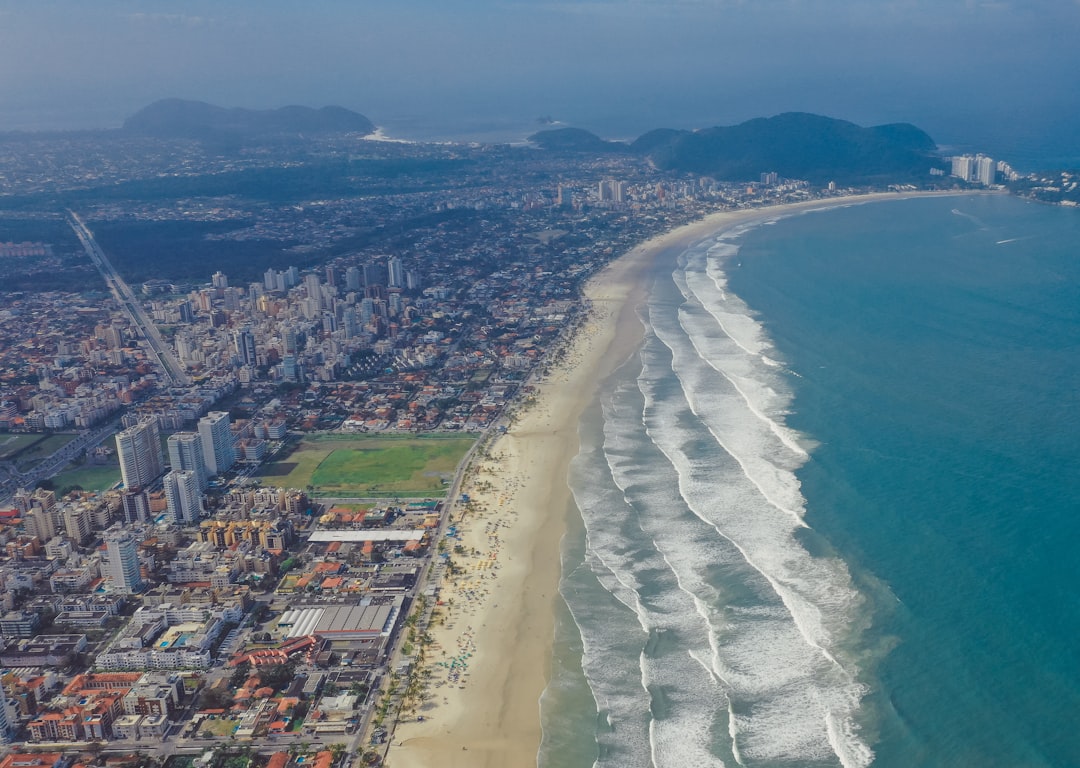Joao Pessoa
The capital city and the most populated city of the Brazilian state of Paraíba; it is known as the “city where the sun rises first”, due to the fact that the Seixas Cape (Ponta do Seixas), which is the easternmost spot in the Americas.
Founded in 1585, then named Nossa Senhora das Neves Town, João Pessoa is the third oldest city in Brazil, and also the last one to be founded in the country in the 16th Century. The city is also noted for its tropical climate, so pleasant for tourists; for being the largest economy (industry, trade and services), and for collecting the most taxes in the State of Paraíba; for the beauty of its beaches; and especially for the several beautiful baroque art and architectural monuments.During the UN’s Echo 92 conference about the environment, João Pessoa was granted the title of second greenest city in the world. According to an estimate based in the ratio inhabitants/green areas, the city was only behind Paris, France.


Tabatinga
Tabatinga (from the Tupi language: Clay formed by sedimentation, soft and oily, and sometimes whitish), is a beach different from any other. There is a thorough amount of clay in this beach, a few meters away from the sea, which can be handled and shaped. Many people believe this clay has phytoterapeutic characteristics, and the tourists love to rub it on their bodies and to take some of it as a souvenir from their trip to the region. Leaving the Carapibus towards Tambaba, you will find more clayey slopes (reefs), White sands and estuary sites with mangrove swamp vegetation (two rivers/swamps).
Contact Us Today
Coqueirinho
Considered as one of Brazil’s most beautiful beaches, according to the Quarto Rodas Guide, the cove of the Coqueirinho beach is a beauty known worldwide. A good option here is to refresh oneself in its crystal-clear waters, and later take a walk to one of the region’s most traditional restaurants: The Canyon Restaurant, located at approximately 800 meters away from the cove, is a mandatory stop for every visitor who wishes to try the local cuisine. Try the richness of the Paraiban cuisine, with all of its incomparable colors and flavors, in a paradise-like place. A good hint is the Paraiban “Moqueca” (fish stew) prepared by Chef Ana Luiza, a true pleasure to your taste.


Praia Bela Beach
As the name says, the place is incredible! A desert beach of white sand and waves that call for surfing and sports fishing. Praia Bela is a place full of coconut trees and Atlantic Forest native vegetation; it still preserves its original characteristics, such as the region’s native fauna and flora. Around this area, there are allotments with terrains for sale.
Tambaba Beach
Tambaba (From the Tupi language: striking water) is a divine gift with its warm and crystal-clear waters, White sands with stretches spotted with sea shells; a permanent invitation to swimming in its natural pools. The tales say that a pretty Indian girl named Tambaba lived in the region and fell in love with a warrior from another tribe. Tambaba’s father, the chief of his tribe, did not allow their marriage. Tambaba, desperate with her destiny, started crying, and her tears transformed into a lake, and later into a beach, whose mild waves were formed by her hiccoughs. It is internationally known as the only naturism beach in the Brazilian Northeast, where, in September, 2008, the 23rd International Naturism Congress took place.








